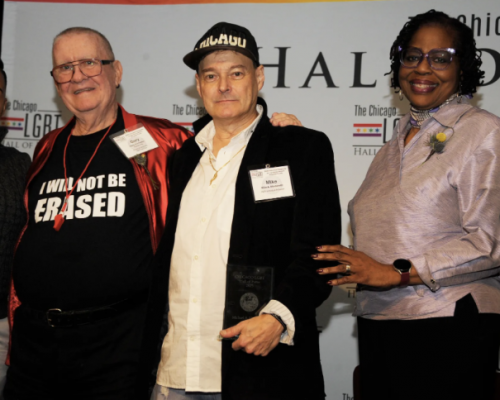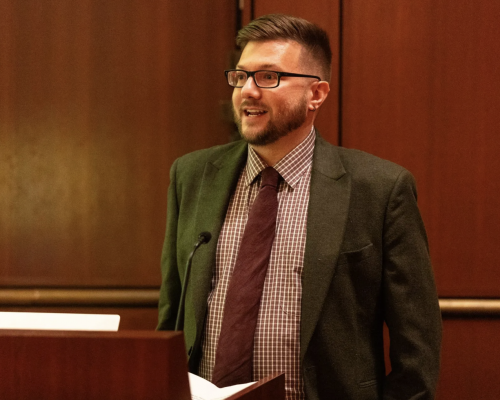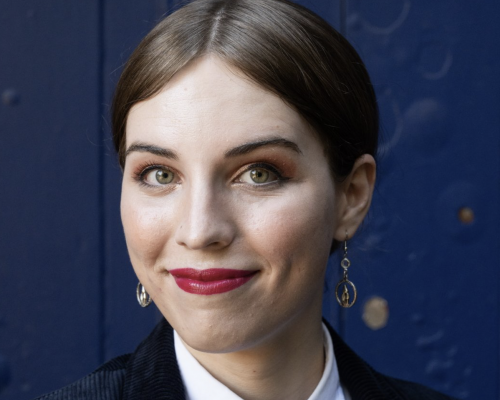by Chuck Colbert
Editors, publishers, reporters, salespeople and marketing professionals at LGBT media alike have plenty of travel-related data to ponder, thanks to CMI’s most recent 2013 travel research report. And while overall findings on the surface provide handy facts and useful information, digging deeper sheds even more light on LGBT travel, replete with implications for gay media outlets.
Consider some of the survey results that address travel motivations, trends and frequencies. Gender, it seems, makes a difference. For example, gay and bisexual men (36 percent) are far more likely to describe themselves as “urban core” travelers than lesbians and bisexual women (16 percent). When asked about “outdoor/active adventure,” more lesbians and bisexual women self-identified as that “kind” of traveler, compared to gay and bisexual men (17 percent).
Similarly, gender plays a role in selecting accommodations. For both men and women, “good value” and “free Internet wi-fi,” rank as the most important motivators for hotel bookings, although “high-end design” is significantly more important to gay and bi men (17 percent) than to lesbians and bi women (nine percent).
When it comes to weddings, receptions and honeymoons, moreover, some data from CMI’s 2013 Same-Sex Wedding Survey, included with the travel report, are perhaps even more telling.
While 57 percent of all couples said they went on a honeymoon, fewer than half (49 percent) of male couples said the honeymooned while nearly two-thirds (65 percent) of women said they did so.
 |
| Michael Luongo (photo: Ingrid Breyer) |
“That’s very significant,” said Michael Luongo, an award-winning freelance travel writer, photographer and author based in New York City.
Another finding he found telling was the wide range of locations that couples selected for wedding receptions, with only 10 percent holding receptions at hotels. Restaurants came in first place (21 percent), followed by private residences (17 percent).
Another interesting finding is that only 24 percent of same-sex marrying couples ask a religious leader to solemnize their weddings, with only 12 percent holding wedding ceremonies at a religiously-affiliated location.
As veteran journalist Lisa Keen noted in her reporting for Keen News Services, “It’s not clear, of course, whether the low percentages are due to an existing religious exemption or the choice of the same-sex couples, but a separate study this year that surveyed brides in heterosexual couples found that 61 percent used a member of the clergy to officiate and 35 percent held their ceremony in a religious setting.”
Oddly enough, Keen noted, “Each time a state legislature debates a marriage equality bill, as Hawaii and Illinois recently did, a significant amount of time is spent wrestling over how big a loophole to provide for religious clergy and entities to refuse services to same-sex couples.”
Altogether, the same-sex weddings and receptions findings, “really struck me,” Luongo said. “The concept of a same-sex marriage ceremony just doesn’t have anywhere near the amount [of expenditure] or formality behind it as straight marriage does.”
While LGBT Pride event’s topping influence on travel (19 percent for men and 16 percent for women) was no revelation to him, Luongo was surprised by the relatively low influence of gay sporting events on travel.
Only two percent of men and women said LGBT sports tournaments prompted them to “travel to another city (requiring an overnight stay),” according to CMI’s research.
That number might well be “under-reported,” Luongo said. “A reason” for “that minuscule statistic,” he said is, “There hasn’t been a sports event that occurred during the last year.”
But with media focusing on the Olympics in Sochi, and more athletes coming out, such as the University of Missouri’s Michael Sam, Luongo said that he would not be surprised to see “more attention put on sporting events.”
The 2010 Gay Games were in Cologne, Germany, and this year’s are to be held in Cleveland, Ohio, this summer from Aug. 9-16, 2014. Chicago hosted the Gay Games in 2006.
Whether or not Cleveland’s hosting of the games will boost LGBT travel there remains an open question. Still, said Chicago-based Windy City Times publisher and executive editor Tracy Baim, “[The Gay Games] was certainly a big boost to Chicago to those visitors, especially from overseas, who had never been to our city. We rolled out the purple carpet and showed them all the highlights of the city and suburbs.”
Speaking of Chicago, CMI’s research revealed that the Windy City ranked second as a U.S. destination for business and leisure travel among LGBTs. For gay and bi men, Chicago tied for second as a “leisure-only” destination and tied for third among lesbians and bi women.
Those rankings came as no surprise to Baim, but she said, “I would also have to see how it compares to general population of similar demographics. A lot of people come here for work-related conferences as well as pleasure. It is the largest city in the Midwest, within driving and short-flight distance from a huge swath of the country. It is also a travel hub, so getting here by many different modes of transportation can be easier and cheaper.”
A range of events, Baim added, may also account for Chicago’s popularity as a travel destination. “For more the past few decades, there has been a wide range of significant events that attract LGBTs each year.” For example, Baim said, “Some are one-time events, like the Gay Games in 2006. Others happen every year, such as International Mr. Leather, Miss Continental, North Halsted Market Days, Pride Fest, Pride March, Dyke March and an array of street fests and mainstream events such as Taste of Chicago and Lollapalooza.”
Outside of major gay meccas, cities like New York and San Francisco, CMI’s senior researcher David Paisley urged editors, publishers and travel vendors and tourism industry leaders not to over look medium-sized cities such as St. Louis, Mo, and Albuquerque, N.M.
These locations “maybe don’t have a big national presence in the LGBT community, but they have a huge regional presence, surrounded by hundreds and hundreds of rural areas and super small cities where gay men and lesbians live. If you look at the travel patterns of people in rural areas and small towns, they often travel to a city that is closest to them, like Albuquerque and Tucson, Ariz. Often we don’t think of them as important gay travel destinations, and maybe they are not so important from a national perspective, but they are very important to regional gay and lesbian communities.”
Matt Comer, editor of Charlotte, N.C.-based Qnotes, agrees with Paisley’s point on not overlooking medium- and smaller-sized cities and rural areas.
Charlotte’s LGBT Pride parade and festival, said Comer, drew and estimated “80,000 people into the city over the course of two days.”
Comer, who also servers on the board of Charlotte Pride, added, “That’s a significant crowd,” which drew LGBT people “not only from the Southeast,” but also from as far away as “Philadelphia, New York City and Washington, D.C.”
Comer also pointed to smaller Pride events within the state, locations such as Salisbury, which, he said, has “a phenomenal Pride festival that attracts people from Charlotte, Winston-Salem, Raleigh and Greensboro. Even Nags Head” — with a population of only several thousand people —on the Outer Banks, they have a Pride festival.”
Wherever gays may roam, travel and tourism remain cultural identity markers for the LGBT community. And herein lies a challenge. “I do hope these long-term studies that have always shown a high travel rate for LGBTs convert to more markets expanding their advertising in LGBT media,” said Baim. “Some have been good and consistent at this, but most have really not taken advantage of this.”
SIDEBAR
Volume 15
Issue 11








Comments
Beautiful blog.
Matchfinder has thousands of profiles from kananaya matrimony . Register for a bride or groom of your choice.